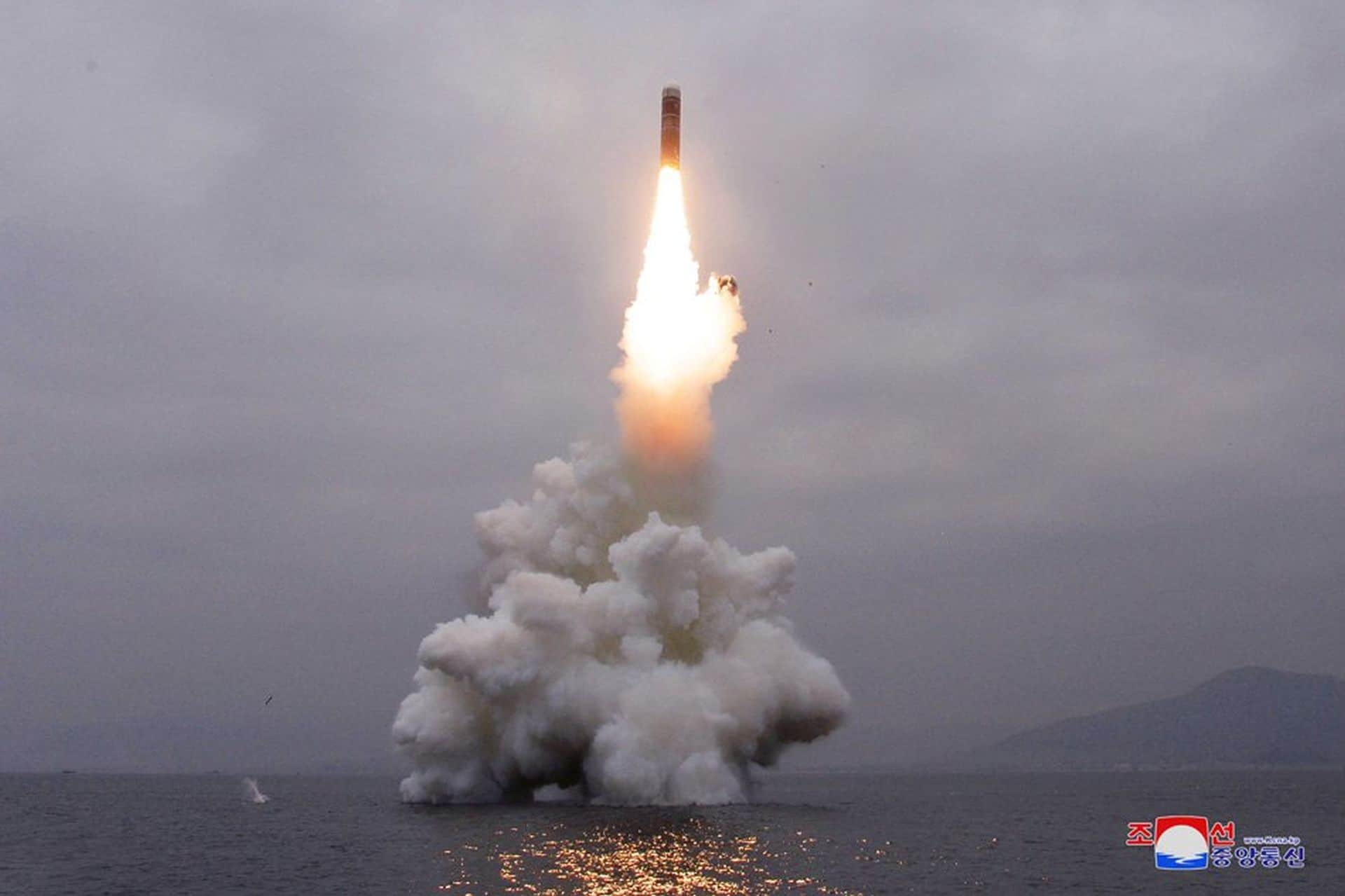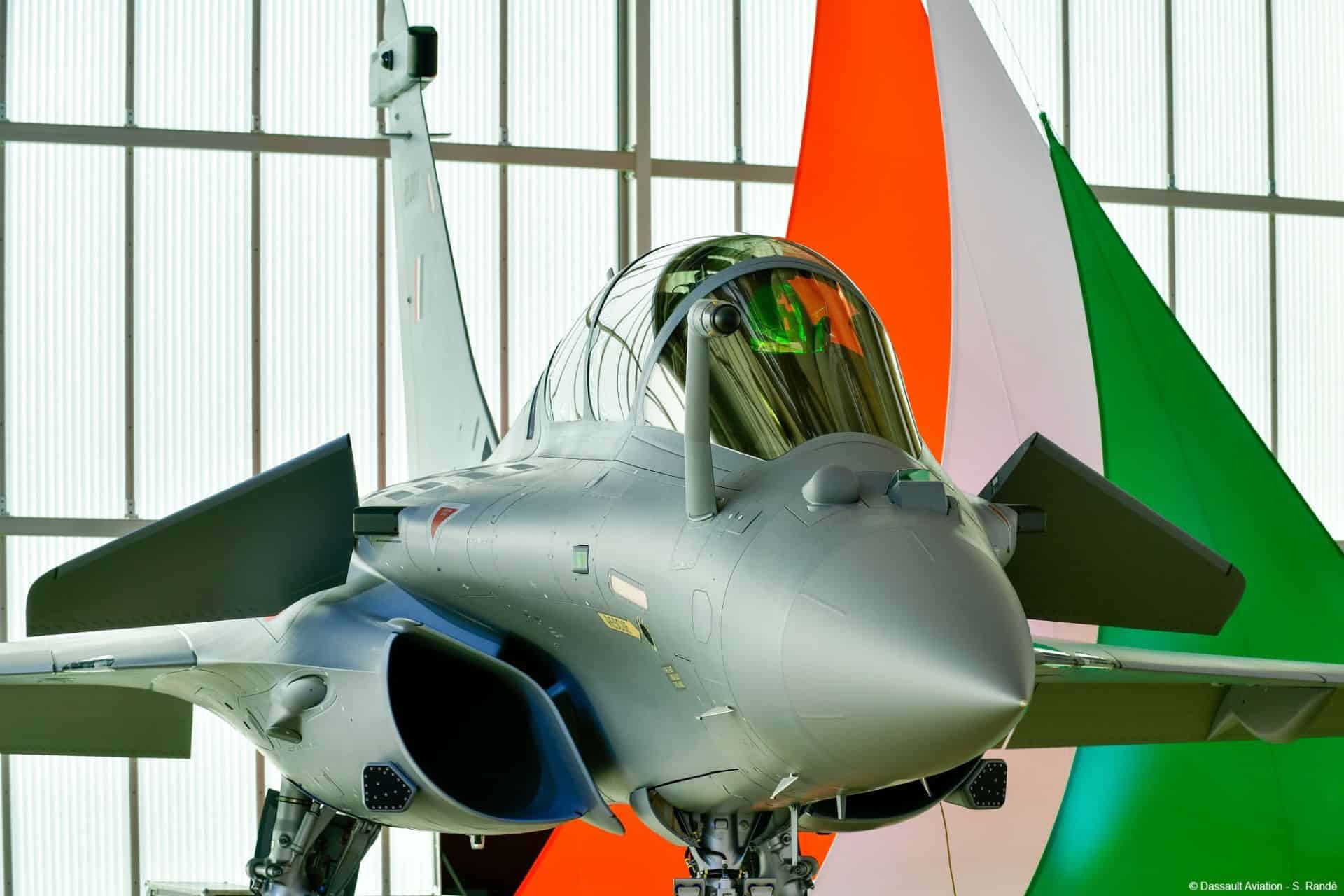Seoul: North Korea successfully test-fired a “new-type” of submarine-launched ballistic missile, state media reported Thursday, after Washington voiced alarm at the move just days before the planned resumption of stalled nuclear talks.
Nuclear-armed Pyongyang frequently couples diplomatic overtures with military moves as a way of maintaining pressure on negotiating partners, analysts say, and may believe this weapons system gives it added leverage.
A proven submarine-based missile capability would take the North’s arsenal to a new level, allowing deployment far beyond the Korean peninsula and a second-strike capability in the event of an attack on its military bases.
“The new-type ballistic missile was fired in vertical mode” on Wednesday in the waters off Wonsan Bay, the Korean Central News Agency reported.
It identified the submarine-launched ballistic missile (SLBM) as a Pukkuksong-3.
The United States earlier voiced alarm, with a State Department spokesperson calling on North Korea “to refrain from provocations” and “remain engaged in substantive and sustained negotiations” aimed at bringing stability and denuclearisation.
South Korea’s Joint Chiefs of Staff on Wednesday said it had detected a ballistic missile fired in an easterly direction from the sea, northeast of Wonsan port.
The missile was “believed to be one of the Pukkuksong models”, the JCS said in a statement, referring to a line of SLBMs under development by the North.
Launches like this “are not helpful to efforts to ease tensions on the Korean peninsula and we urge North Korea again to stop immediately,” it added.
Tokyo said a part of the missile landed in waters within Japan’s exclusive economic zone — a 200-kilometre (124-mile) band around Japanese territory.
“The launching of ballistic missiles violates UN Security Council resolutions and we strongly protest and strongly condemn it,” Prime Minister Shinzo Abe told reporters.
France’s foreign ministry condemned repeated missile launches by Pyongyang and said the latest test “cannot contribute to the resumption of serious negotiations.”
The North’s leader Kim Jong Un sent “warm congratulations” to research units involved in the launch, which “had no adverse impact on the security of neighboring countries,” KCNA said.
The latest test
North Korea is banned from ballistic missile launches by United Nations Security Council resolutions.
The test-firing “ushered in a new phase in containing the outside forces’ threat to the DPRK and further bolstering its military muscle for self-defence,” KCNA said, using a formal acronym for the North.
The North carried out a successful test of the solid-fuel Pukkuksong-1, also known as KN-11, in August 2016, which flew around 500 kilometres.
In July, North Korean state media had published pictures of Kim Jong Un inspecting a new type of submarine, fuelling concerns that Pyongyang was pushing ahead with an SLBM programme.
Analysts say the missile is likely an intermediate-range ballistic missile with an actual flight range of around 2,000 kilometres.
Vipin Narang, an associate professor at Massachusetts Institute of Technology, drew a line between a recent series of launches by Pyongyang and Wednesday’s test, calling it “an explicitly nuclear weapons system”.
The launch came a day after the North’s Vice Foreign Minister Choe Son Hui said Pyongyang had agreed to hold working-level talks with Washington later this week.
The two sides will have “preliminary contact” on Friday and hold negotiations the following day, Choe said in a statement carried by KCNA.
US State Department spokeswoman Morgan Ortagus later confirmed the talks, which she said would happen “within the next week”.
It is not the first time the North has followed up an offer of talks with a weapons test.
Pyongyang tested what it called a “super-large” rocket launcher last month just hours after Choe released a statement saying that the North was willing to resume working-level talks with Washington.
Negotiations between the two have been deadlocked since a second summit between the North’s leader Kim Jong Un and US President Donald Trump in February ended without a deal.
Foreign Minister Wang Yi of China, North Korea’s main ally, said that the United States needed to ease its pressure campaign on Pyongyang.
North Korea is under heavy US and UN sanctions over its nuclear programme.











